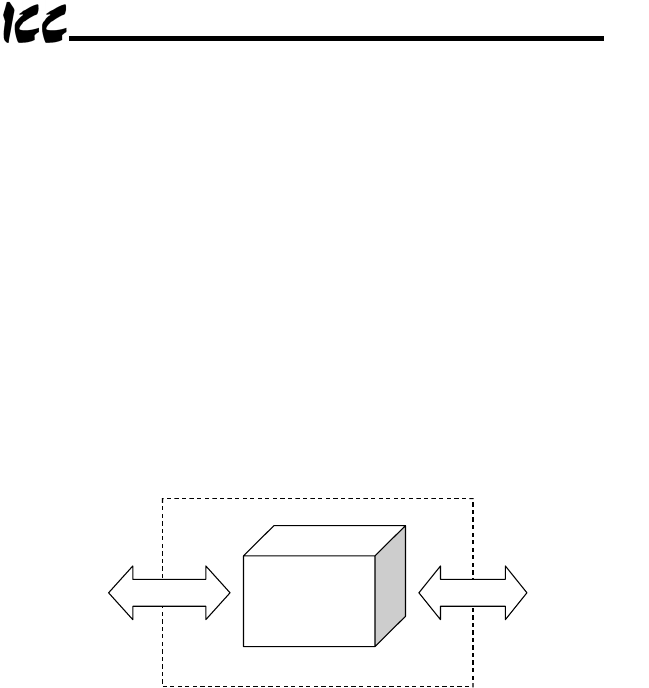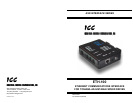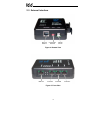
6
1. The Point Database Concept
The heart of the ETH-100’s mapping capabilities is an element called the
“point database” (refer to Figure 1). The point database is entirely user-
configurable, and provides the end-to-end mapping information that allows
primary (Ethernet) network requests to be routed to the correct locations on the
secondary network (the ASD ports), while at the same time ensuring that the
content of the request will be understood once it gets there. Additionally, the
point database provides the added benefit of “data mirroring”, whereby current
copies of point values (ASD registers) are maintained locally within the ETH-
100 itself. This greatly reduces the primary network’s request-to-response
latency time, as requests (read or write) can be entirely serviced locally,
thereby eliminating the time required to execute a secondary network
transaction.
When properly configured, the gateway will become essentially “transparent”
on the network, and the primary network master can engage in a seamless
dialogue with one or more secondary network devices (ASDs).
Ethernet
Network
ASD
Ports
Point
Database
Figure 1: The Point Database Concept


















